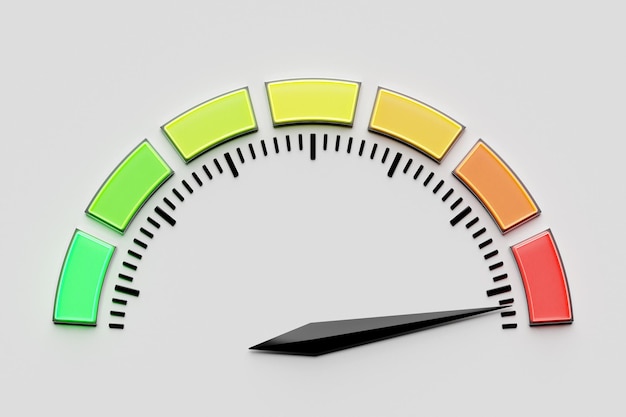From professional athletes to fitness buffs, knowing how energy sources work during exercise and rest is key. This understanding helps optimize weight loss and boost athletic performance. Here, we explore the balance of carbohydrates and fats as energy providers during physical activity.
The Energy Substrate Equation
Energy during exercise comes not from a single nutrient but a mix of carbohydrates and fats. The ratio of these energy sources changes depending on the intensity and duration of the activity.
Carbohydrates and fats serve as primary energy sources, with proteins playing a minor role under normal conditions. During low to moderate intensity exercise, the body tends to use more fats relative to carbohydrates. Conversely, as exercise intensity ramps up, nearing a person鈥檚 VO2max, the body shifts to using more carbohydrates. Carbohydrates are stored as glycogen in muscles and the liver and can be metabolized faster than fats, making them the preferred fuel for high-intensity activities.
The Respiratory Quotient
The respiratory quotient (RQ) helps illustrate the ratio of carbon dioxide produced to oxygen consumed during exercise, giving insight into metabolic processes. The RQ value varies with the primary energy source being metabolized:
– RQ of 1.00: This occurs when the body mainly uses carbohydrates for energy, as breaking down glucose results in equal amounts of carbon dioxide and oxygen.
– RQ of approximately 0.75: This indicates that fats are the primary energy source. Fat metabolism uses more oxygen relative to the carbon dioxide produced, resulting in a lower RQ.
During high-intensity activities that involve glycolysis (glucose breakdown without oxygen), glucose turns into pyruvic acid and then lactic acid, leading to lactate build-up and potentially hindering performance. This is common in short, high-intensity exercises.
In contrast, during low-intensity, long-duration exercises with sufficient oxygen supply (aerobic exercises), like walking, the body uses more fat for energy. This is suggested by an RQ of around 0.75, reflecting higher oxygen consumption relative to carbon dioxide output. Here, glucose breaks down into pyruvic acid without forming lactic acid, preventing lactate accumulation.
Interestingly, maximum fat use occurs during aerobic activity levels close to resting states. However, these discussions focus on the “proportions of energy substrates” rather than absolute amounts.
The Role of Diet
The nutrients we consume and the body鈥檚 preferred energy sources are significantly influenced by diet. When the body receives excess nutrients, leading to an anabolic state (building-up), surplus acetyl-CoA (a crucial metabolic molecule) can lead to fatty acid production, which is then stored as fat.
In contrast, when nutrient intake is low, the body enters a catabolic state (breaking-down) and adapts by efficiently using available nutrients. During such times, it prioritizes carbohydrate use to replenish stores and relies on fats for immediate energy needs.
The Bottom Line
For effective use of fats and carbohydrates, engage in low-intensity, high-volume aerobic activity, improve overall fitness, and manage your diet well. Understanding the role and balance of energy substrates during exercise and rest is key to optimizing weight loss and enhancing sports performance.







